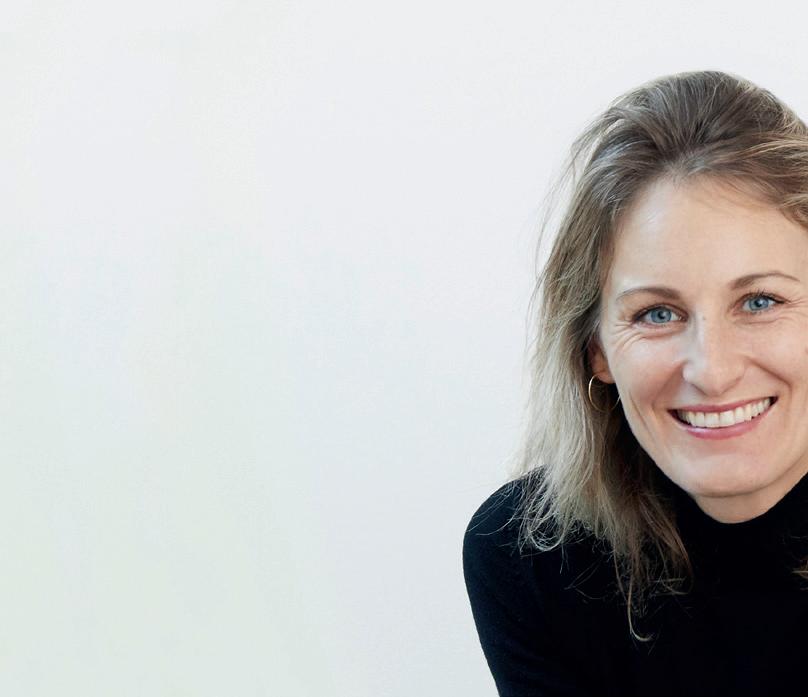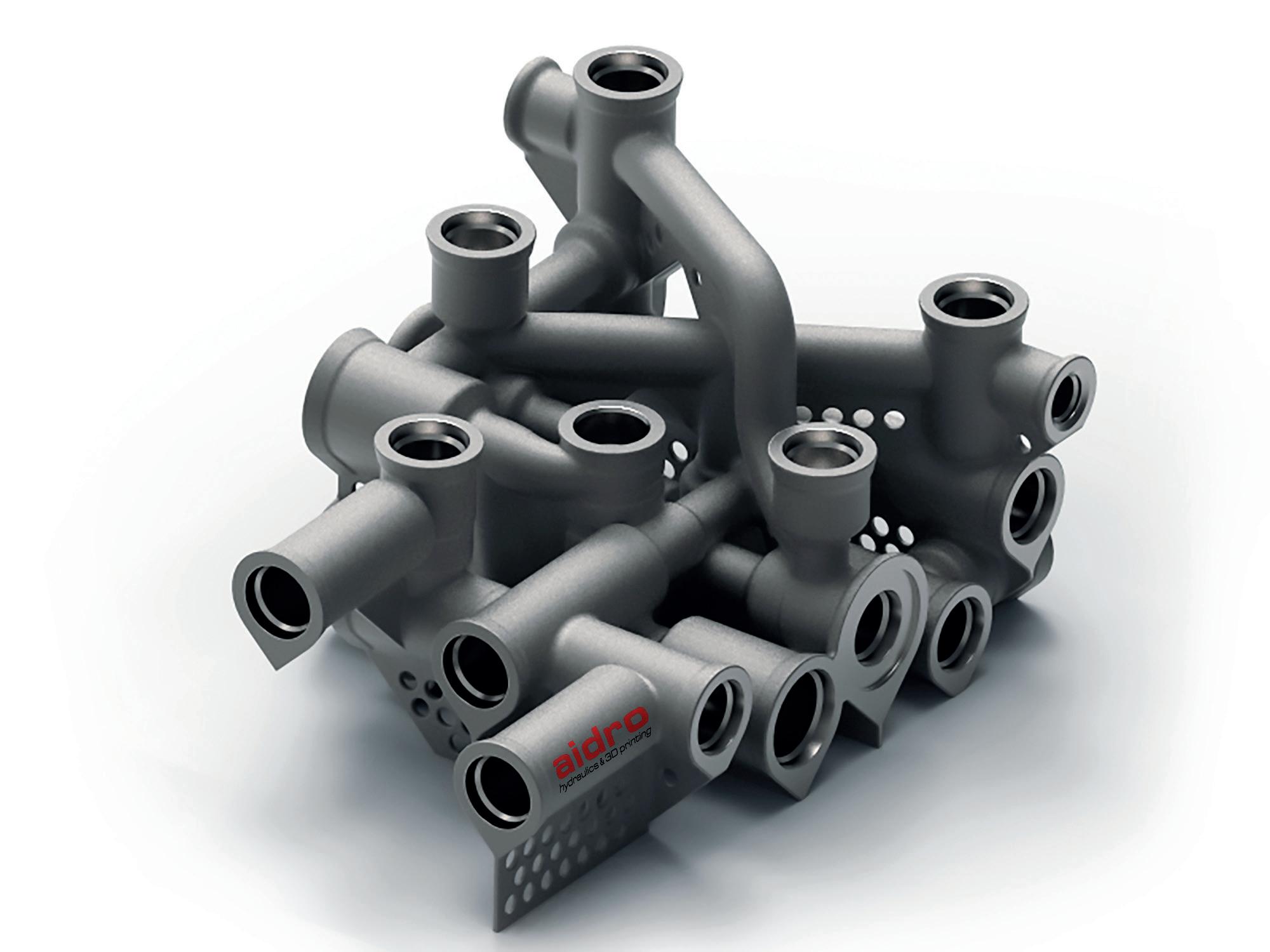3 minute read
STANDARDS DEVELOPMENT IS AN ACQUIRED TASTE
Next Article
Words: Mohsen Seifi, ASTM INTERNATIONAL
Standards development is an acquired taste. Often a dry topic, it can be as exciting as one makes it to be and sometimes go beyond expectations.
I first stepped into the world of standards development for additive manufacturing (AM) back in 2013 as an observer in the ASTM International committee on AM. There were lots of technical discussions between expert members who seemed to be in their own world. While it did bore me initially, I soon realized the deepdive nature of such discussions on various topics. There are subcommittees such as Test Methods, Design, and Materials and Processes, to name a few.
I switched gear and attended discussions in the Test Methods subcommittee, where my forte and interests lie. Hearing and observing firsthand information sharing from practicing engineers around the world amplified my senses. Unknowingly and naturally, I participated in some of the discussions as an observer. That became an uh-huh moment for me, and the rest is history – I wanted to contribute and shape this industry.
I see this as an exciting platform to advance my knowledge beyond just what I am good at. Progressively, I saw myself becoming an active member participating in other subcommittees such as Materials and Processes. It allows me to interact with like-minded members, to discuss standards needs and how they can be addressed. Although there were some heated discussions, they always get resolved over a drink at the end of the day.
The ASTM standards development journey I have experienced is more than standards development. The professional membership provided me opportunities to influence and lead the development of world-class, highquality, market relevant standards. Being a part of standards development for AM means you become disruptive rather than getting disrupted.
Additionally, I was provided training and education in the form of workshops, professional training, short courses and capacity building. Along the way, I further built leadership skills and expanded my network. I started as a volunteer member and eventually joined ASTM International full-time because I believe so much in its mission – helping our world work better. That’s our motto.
Yet, it is not without its challenges. Industry can only get true value from standards when the pace of development is on par with the advancement of AM technologies. This spurred us to think of a mechanism to accelerate standards development. One such mechanism is conducting focused R&D projects targeted at closing standards gaps. We call it research to standards (R2S). One thing led to another and eventually we established the ASTM AM Center of Excellence (AM CoE) in partnership with some worldclass organizations. Beyond research, the ASTM AM CoE is a vehicle to disseminate knowledge to the global AM community via education and workforce development programs, support development of certification services, and provide advisory services on AM technology implementation.
Evidence of the AM CoE success is compelling. Over the past three years we have demonstrated that conducting effective R&D can significantly accelerate and improve the development of standards. The results and data generated from R&D projects can lead to new standards being developed and contribute to the revision of existing ones. The same process can be adopted for other emerging technologies that we are actively supporting such as exo technologies, robotics, commercial space flight and many others. That is the beauty of the ASTM R2S model.
Now you can understand why standard development is an acquired taste. Enthusiastic and passionate members keep the pot boiling at each ASTM committee. Yet, it is the very same passion that results in ASTM’s heavily scrutinized, consensus-based process that goes into the publication of a standard. Research articles in peer reviewed journals usually undergo three to four reviews by subject matter experts before they can be published. For a standards document, it will undergo review by more than a hundred experts with diverse perspectives across the industry. The comments from all of these experts need to be addressed before such a document can be accepted for publication. A single negative comment could stop the publication of the standard until it is resolved.
Imagine the level of focus required and efforts that go into drafting a standard. Being a part of drafting such a document is certainly an amazing experience.










